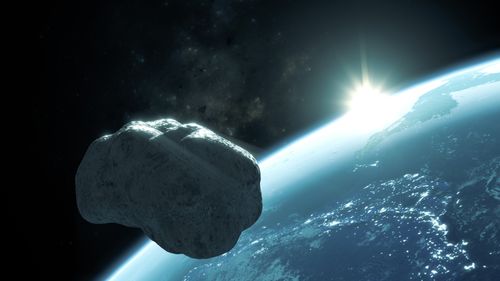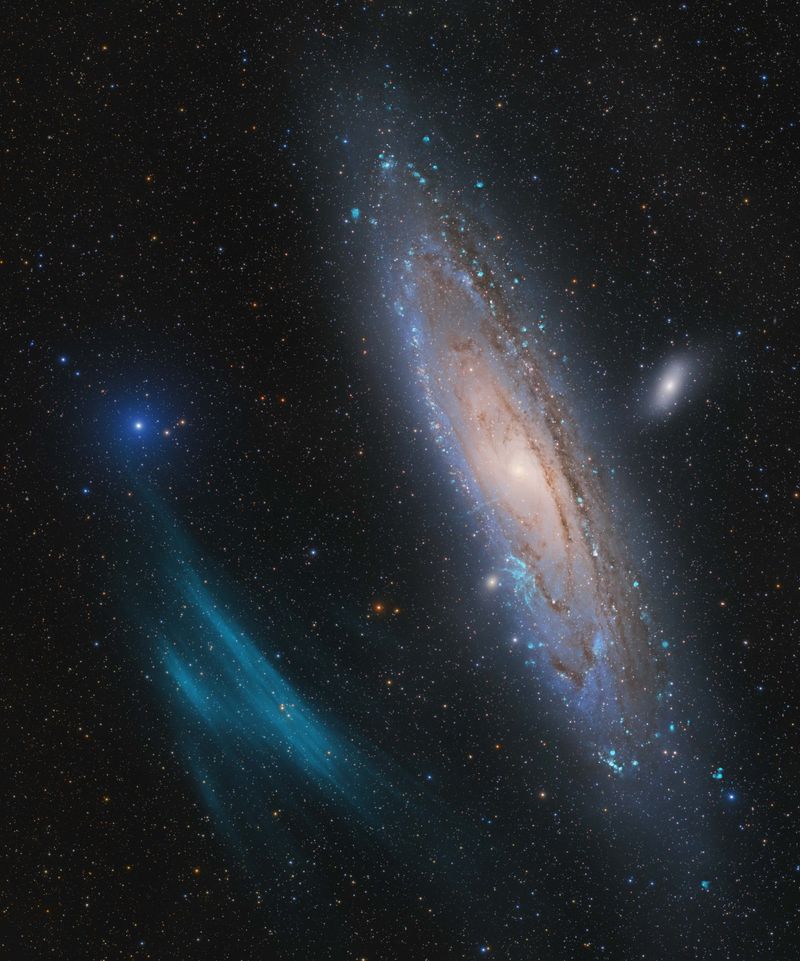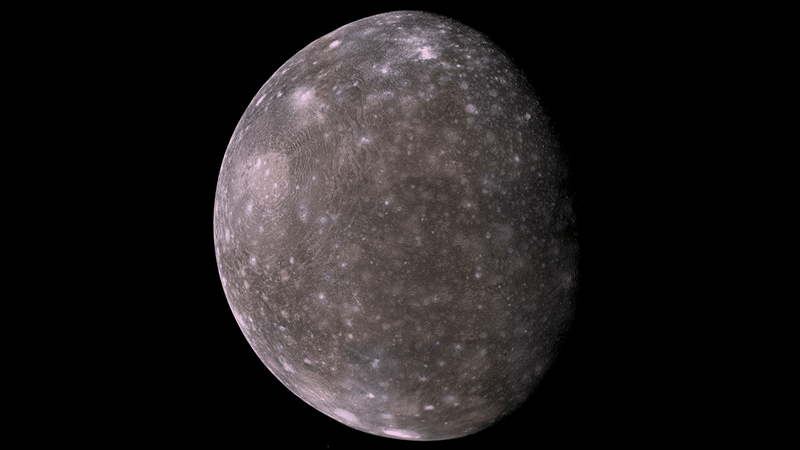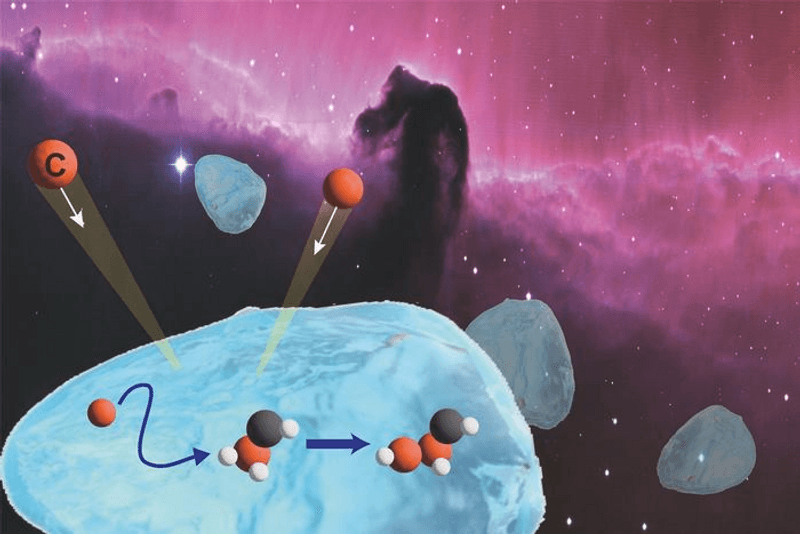For the last 17 years, asteroid 99942 Apophis has been a serious reminder that there are plenty of space rocks out there ready to hit the Earth and wipe out a good chunk of our world. While dangerous Near-Earth Objects (NEOs) are still out there, we can now confidently say that asteroid Apophis is not among them. At least for the next century.
Observations conducted at the beginning of March when the asteroid swung by Earth allowed planetary scientists across the world to better estimate the risk of a collision between Earth and Apophis in 2068. NASA and the European Space Agency (ESA) have now confidently taken the space rock off the Risk List.
Apophis is about 340 meters (1,100 feet across) and when it was discovered astronomers realized that it would come close to Earth multiple times this century with concerning dates marked as 2029, 2036, and 2068.
In particular, on April 13, 2029, it will pass less than 35,000 kilometers (21,750 miles) from Earth. Our planet’s gravity will massively affect its orbit. The expected changes in its trajectory made it possible that it would impact Earth in 2068. Although the chances were low, it was very important to be prepared, refine the measurement, and work out its trajectory.
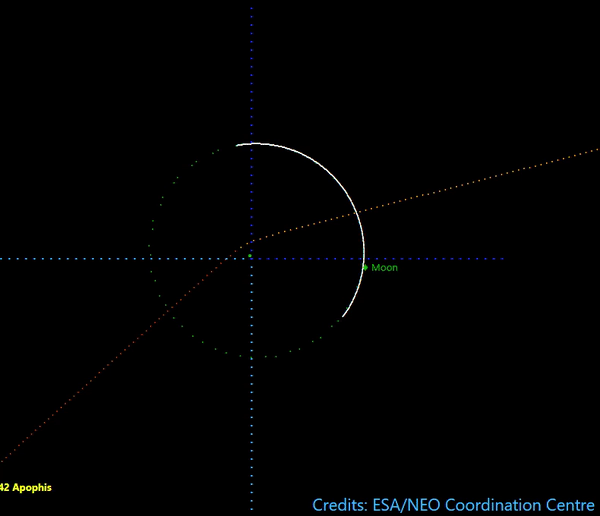
“A 2068 impact is not in the realm of possibility anymore, and our calculations don’t show any impact risk for at least the next 100 years,” Davide Farnocchia of NASA’s Center for Near-Earth Object Studies (CNEOS), which is managed by NASA’s Jet Propulsion Laboratory, said in a statement.
“With the support of recent optical observations and additional radar observations, the uncertainty in Apophis’s orbit has collapsed from hundreds of kilometers to just a handful of kilometers when projected to 2029. This greatly improved knowledge of its position in 2029 provides more certainty of its future motion, so we can now remove Apophis from the risk list.”
The radio and optical observations of Apophis allowed us to learn more about this dangerous object. On March 6, it flew 16.9 million kilometers (10.5 million miles) from us, an extremely safe distance for risk, and a very close distance for gathering data. Researchers were able to get radar images at an incredible resolution of 38.75 meters (127 feet) per pixel. We’ll get a better view in 2029 where the asteroid will be actually visible to the naked eye.
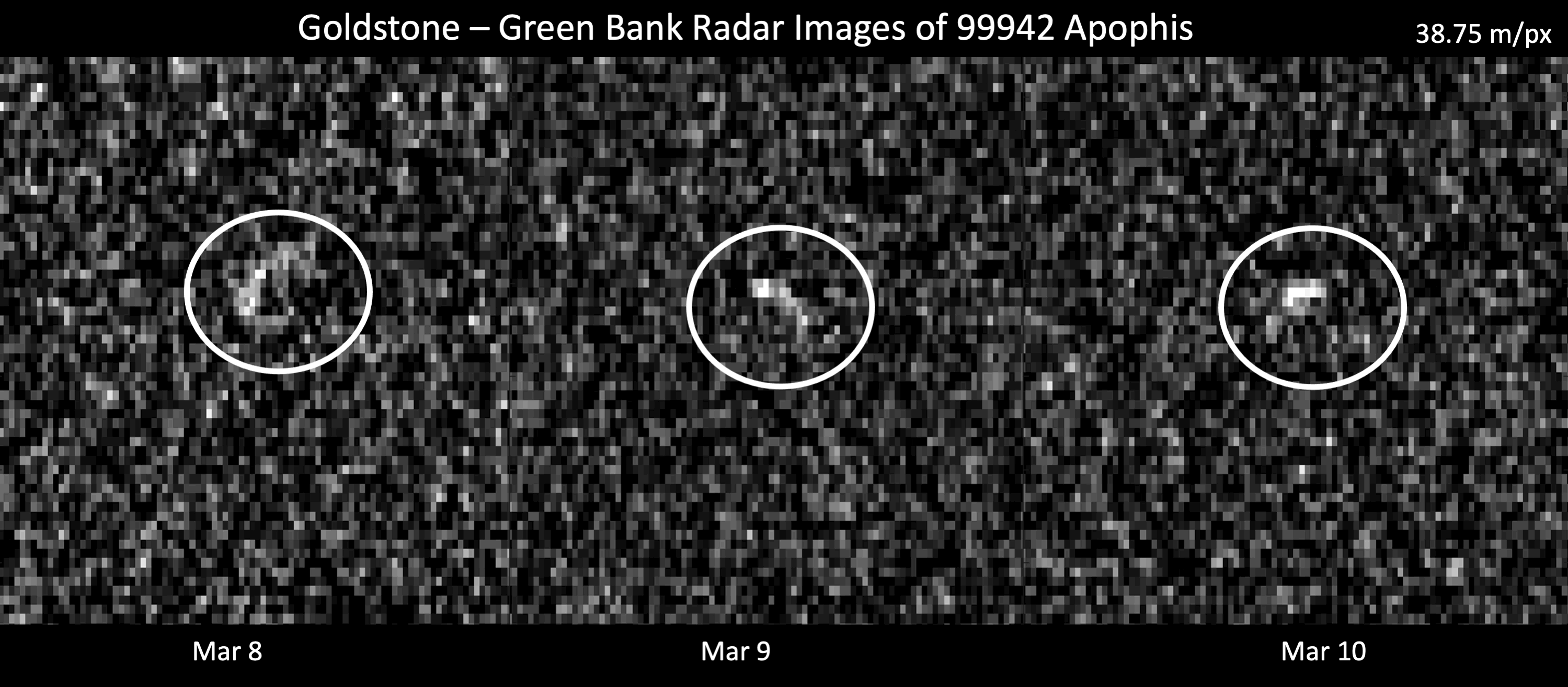
We can now all collectively breathe a sigh of relief when it comes to Apophis, but there is a lot more work to be done in finding all the potentially dangerous objects that orbit near our planet and that might one day come in contact with it.
"The discovery of Apophis, and early work done to track and understand its orbit, occurred when today's Planetary Defence activities were still in their infancy,” Juan Luis Cano from ESA’s Near-Earth Object Coordination Centre explained in a statement.
“That this happened at such an early period in the discipline served as strong motivation to improve our capabilities to accurately predict the motion of these interesting and potentially dangerous objects. With today's removal of Apophis from the Risk List, we are closing a very enlightening chapter in the history of Planetary Defence."

